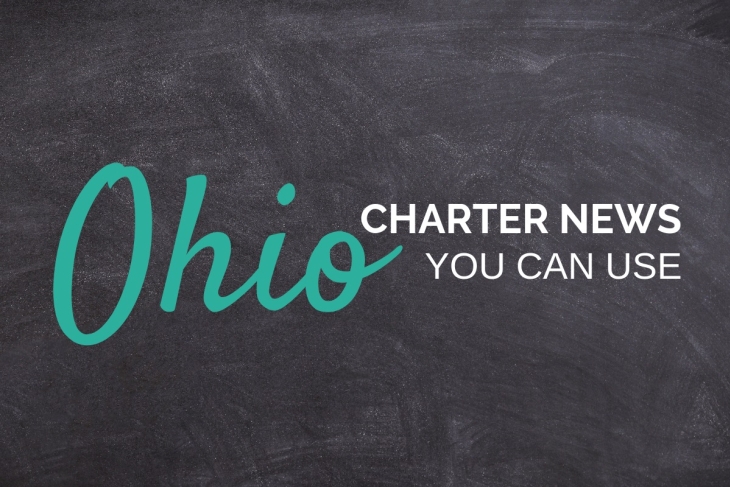Effective communication is a two-way street that involves not only sending and receiving information, but also understanding it. Breakdowns can occur at any point. A new report from the Center for American Progress digs into the state of school-to-family communication, looking for strengths, weaknesses, and opportunities in this important endeavor.
Researchers Meg Benner and Abby Quirk build on previous studies which indicate that clear and consistent communication channels are an important way for schools to encourage family engagement. But the mere existence of a channel (weekly emails, monthly phone calls, regular conferences, etc.) is not enough. Even quantifiable participation by parents is not sufficient to ensure the desired engagement. Are schools sending the sorts of information parents want? Can parents understand what they receive? Does the information convey the tone which schools intend? Does it lead parents to take action? Is technology a help or a hindrance? The potential for miscommunication is high.
In fall 2019, Benner and Quirk recruited survey participants via a crowdsourcing data acquisition platform called CloudResearch. They set racial and ethnic targets for parent participants using the 2015 public school enrollment estimates—per the Common Core of Data files from the National Center for Education Statistics—for Asian/Pacific Islander, black, Hispanic, and white parents so as to obtain a nationally representative sample. The teachers and school leaders who participated in the survey, having no targets set during recruitment, were overwhelmingly white. In the end, they recruited 1,759 total participants in three categories: 932 parents, 419 teachers, and 408 school leaders. The vast majority of all respondents were associated with traditional district schools, although both charter schools and magnet schools were represented.
Overall, parents, teachers, and school leaders reported that schools’ communication of various information types is useful, and that parent engagement is strong. However, there were several notable discrepancies. For instance, 92 percent of parents agreed or strongly agreed with the statement that they were “involved with their children’s learning,” while only 64 percent of teachers and 84 percent of school leaders agreed that parents were involved. School leaders were most likely to agree with the statement that parents were “involved with the school community”—85 percent of them agreed or strongly agreed—compared with 72 percent of parents and 69 percent of teachers.
Parents, teachers, and school leaders all rated individual student achievement (a catchall category without reference to specifics such as test scores or grades) as the most important type of information to communicate. Beyond that, though, important differences of opinion emerged. Parents rated curriculum information and resources related to college and career readiness as the next two types of information they desired, while teachers instead rated patterns of behavior and disciplinary action as their second and third choices, respectively. School leaders favored schoolwide achievement information as number two, followed by a raft of other things tied for (a distant) third.
While parents, teachers, and school leaders all reported that the school communicated information frequently, all said that ideal communication would be more frequent and more consistent. The ideal reported frequencies of conveying different types of information unfortunately varied widely among the categories of respondents (with parents and teachers wanting varying levels of increased frequency and school leaders wanting to stand pat or decrease frequency). Additionally, school leaders reported that the overall amount of information shared was increasingly too much as they moved from younger to older grades, while parents reported the amount as increasingly too little. An important divergence of opinion.
The report concludes with recommendations for federal, state, and district levels. They include schools surveying parents about their engagement and communication preferences, the feds maintaining Title I Parent Engagement funds, states providing technical assistance to schools to develop parent engagement plans, districts investing in technology advisors who can recommend parent-focused communication improvements, schools connecting information to individual student achievement whenever possible, school leaders reinforcing parent communication as a central responsibility of every teacher, and schools providing training and resources to ensure staff members have the capacity and tools to communicate with all parents.
SOURCE: Meg Benner and Abby Quirk, “One Size Does Not Fit All: Analyzing Different Approaches to Family-School Communication,” Center for American Progress (February, 2020).












